Table of Contents
ToggleDue to a recent merger, it’s likely time to re-brand.
Typically that also means a new practice and website domain name.
Due to an established history, content marketing and optimization efforts, your current website has likely developed a fair amount of domain authority. Once you switch to to a new domain, you’ll lose that authority. That means you’ll need to put in some work to build it back from the ground up.
Search engines will not recognize nor trust you until you do things to re-establish their trust.
There are many factors that contribute to that process.
What’s involved with the clean-up process
Outside of your website, your practice information (name, address, phone, domain name, etc) appears in many different places across the web. Web directories, Google, Bing and others pull business information from a variety of sources making a name change a challenge.
Having a name that remains consistent across all data sources is very important because it:
- ensures patients find accurate information when searching online
- ensures referring physicians find accurate information when online
- diminishes public confusion
- helps search engines establish trust
Data Aggregators
Proper submission to data aggregators will expedite your name clean-up considerably. Bare minimum, submission should be done for all of your locations.
Why It’s Needed. After submission is complete, your branding/NAP will be clean with up to 90% off-page accuracy within a couple months.
If you hold off: Your listings will get worse as you have different names floating around the web . This will cause confusion with patients and the community at large. It will also negatively impact your search results.
Google My Business
Arguably the most important place to submit your business to is Google My Business as over 80% of search traffic comes from Google.
You will appear in what’s called a “local cluster” with easy access to your website and directions to your location as well as other information when you click on the business.
Why It’s Needed: Sometimes (usually by searching a brand name), Google will serve up only one page, like this:
A lot more traffic and conversions come from Google My Business than you think.
These stats are from a client that gets about 800 visits to their website in a month:
- 25% of their website traffic (210 clicks to website) came from Google My Business, and over 300 phone calls were made from Google without those people every going into their site.
If a site that gets about 800 visits a month has nearly 5,000 total impressions from their Google My Business page, imagine how many impressions your Google My Business pages will get, and how many impressions duplicate/incorrect ones are getting.
- If you don’t submit and verify your own Google My Business pages, Google will start to aggregate information from the web – other directories, obsolete directories (like Google Places) and create it’s own page leaving you with very little control and, most of the time, incorrect information.
During a bulk upload and verification process, you’ll quickly have control over Google My Business pages for all locations. With this process, you can get rid of duplicates and work closely with Google to ensure that you become the manager of each location and claim any pre-existing pages to avoid additional duplication.
Bing Places
Eventhough Bing gets about 1/3 the traffic that Google does, it’s still the second most used search engine. However today, Bing is integrating way more with other services and programs to try and compete with Google.
Bing is the default search engine on the following:
- Windows 10 Taskbar Search
- Internet Explorer
- Windows Phones
- Apple Phones – Anyone Using Siri/Voice Search
Mobile devices are a huge plus for Bing. Obviously anyone using Android or Google Maps will default to Google Maps/Business listings, but having both covers both ends and demographics.
Facebook Pages
Ensuring that your social media properties match your branding and NAP (name, address and phone number) across the web is also important as Facebook has become a leading map directory. Facebook is being used increasingly by businesses and is now one of the top ten best/biggest directories on the web.
Facebook has their own bulk location and verification system that looks something like this:
This is on the main company page, but by doing a bulk upload and verification, each location gets:
- a “sub-page” under the main location page
- allows unique posts, admins, check-ins, reviews and more
- is added to Facebook’s directory
Why It’s Needed: Without updating your social media sites, you may get pages that randomly get created as people check-in or search on maps.
End result – no branding, incorrect information and no content.
You should be proactive about this before it happens and you have to deal with duplicates.
Once again, Facebook is used a lot on mobile and that’s when people are doing the most location/business searches.
Need help?
Practis is here to help. Contact us to learn more.


